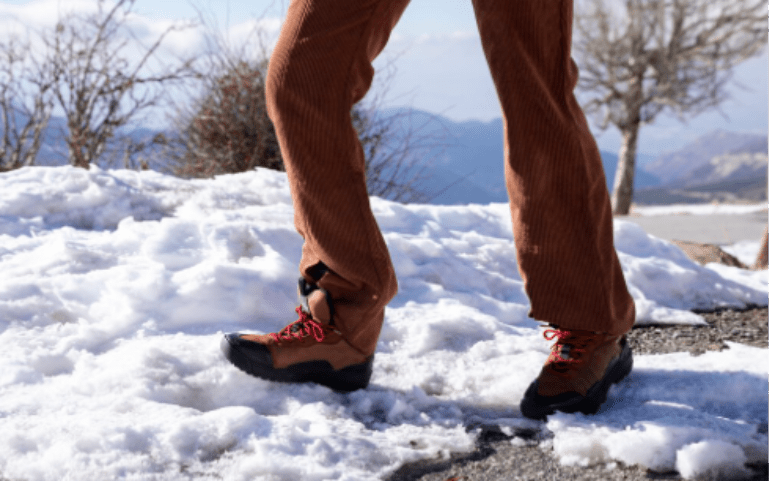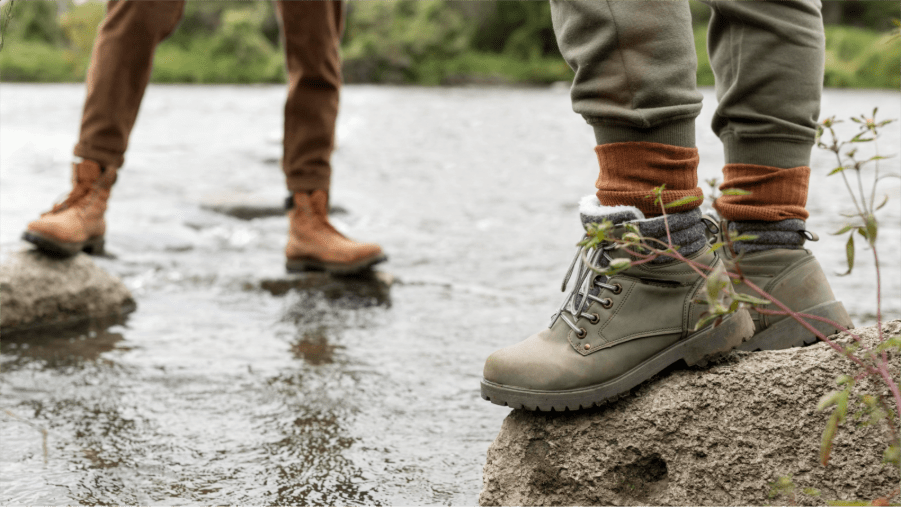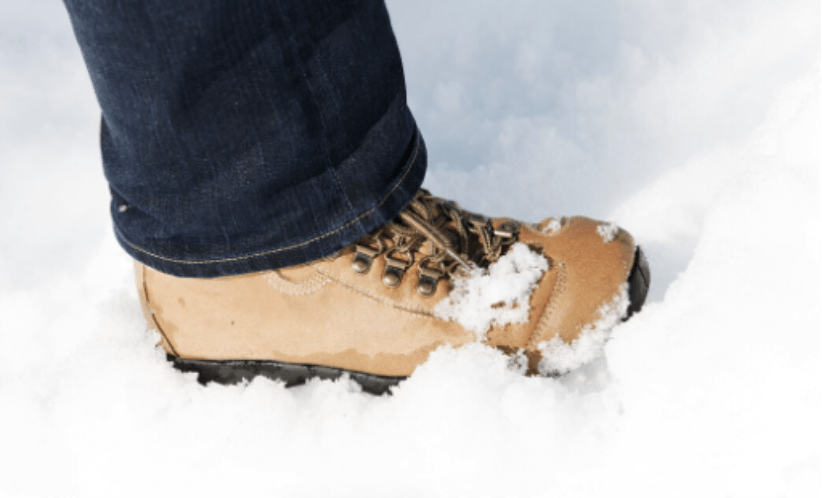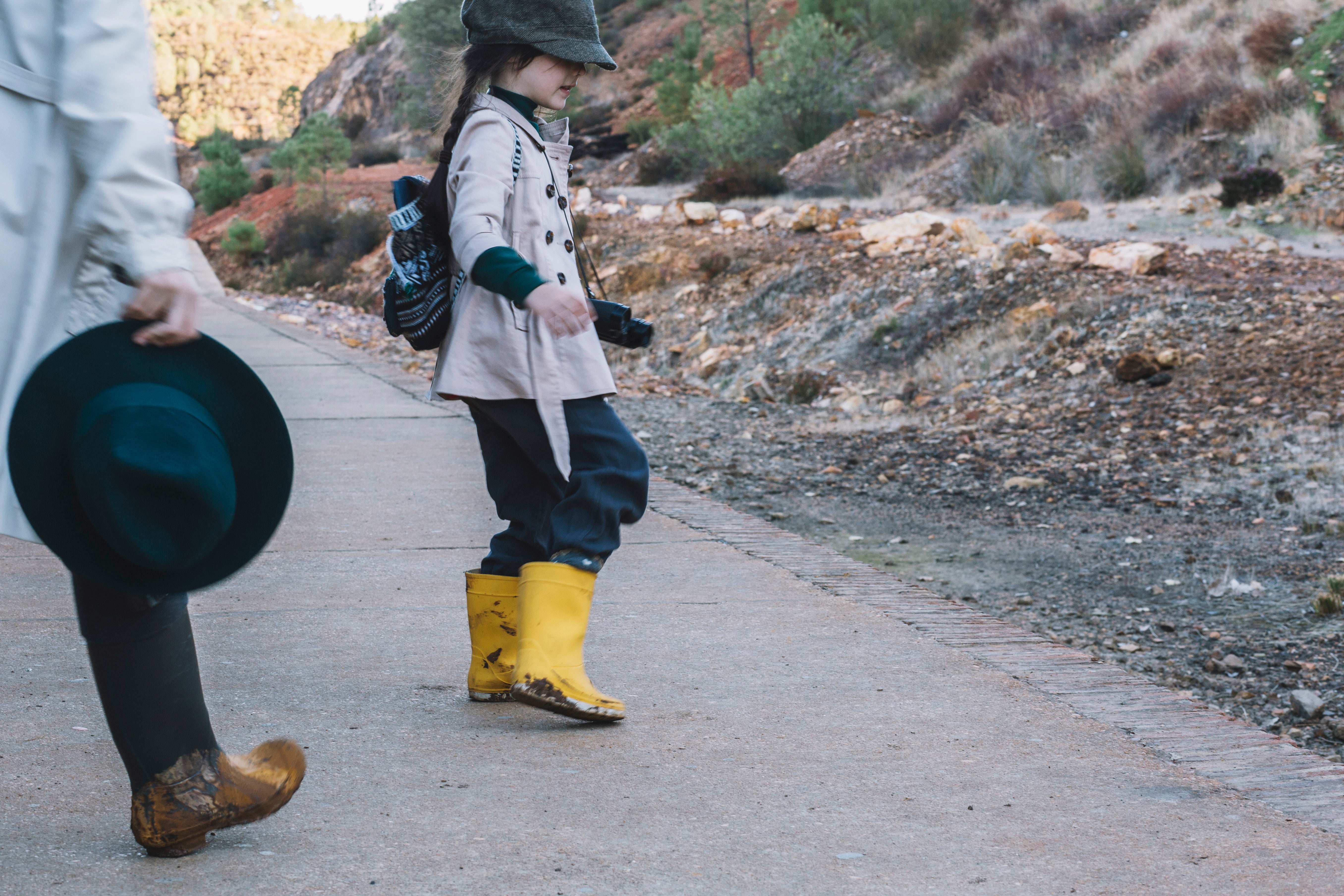If you’re preparing for your very first ski trip, you’re probably wondering about the right footwear. While ski boots are essential for actually skiing down the slopes, there’s a lot of time during your trip when you’ll be walking around snowy resorts, shuttling gear, or enjoying après-ski activities. That’s where insulated snow boots come into play.
For those exploring reliable and comfortable options, Northside USA offers a variety of insulated snow boots that balance warmth, durability, and style. But are they right for your first ski trip? Let’s break it down.
Why Insulation Matters for Beginner Skiers
Understanding How Insulated Boots Work (thermal lining, material types)
Insulated snow boots keep your feet warm by trapping body heat inside the boot and blocking out the cold. They typically feature:
- Thermal linings like Thinsulate or faux fur
- Synthetic or natural insulation layers for warmth
- Outer shells made from waterproof or water-resistant materials
The materials work together to keep warmth in, while preventing snow and slush from seeping inside.
Difference Between Insulated Snow Boots and Regular Winter Boots
Regular winter boots may offer some warmth, but insulated snow boots are designed for harsher, prolonged cold. They typically have thicker insulation, better waterproofing, and more aggressive traction for icy surfaces.
Common Myths About Insulation and Warmth
- Myth: More insulation always means more warmth.
Truth: Too much insulation can cause overheating and sweat buildup.
- Myth: You can skip good socks if you have insulated boots.
Truth: Quality socks help wick away moisture and maintain warmth.
Advantages of Insulated Snow Boots for First-Time Skiers
Comfort & Warmth in Cold Weather
Getting to and from the lodge or exploring snowy resort towns is much more pleasant when your feet stay cozy. Insulated snow boots give you comfort during all the non-skiing parts of your trip.
Waterproof Protection for Slushy or Wet Conditions
The last thing you want is cold, wet feet. Waterproof membranes and sealed seams keep moisture out, letting you focus on the fun instead of freezing toes.
Stability and Ankle Support for Uneven Terrain
Walking in deep snow or over icy patches can be tricky. Many insulated boots are built with reinforced ankle support and grippy outsoles to keep you stable.
When Insulated Snow Boots Might Not Be the Best Choice
Skiing vs. Snowboarding Boot Requirements
For skiing or snowboarding itself, you need sport-specific boots that attach to your bindings. Insulated snow boots are for off-slope activities.
Snowshoeing or Hiking in Cold Conditions (activity differences)
For more active snow sports like snowshoeing, a lighter, more flexible boot might be more comfortable.
Overheating in Mild Winter Weather
If your ski trip is in mild conditions, thickly insulated boots might cause your feet to sweat. In that case, a lighter boot with removable liners could be a better choice.
How to Choose the Best Insulated Snow Boots for Your First Ski Trip
Finding the Right Fit for Comfort and Performance
Your boots should feel snug but not tight, with enough room to wiggle your toes. Always try them with the socks you plan to wear during your trip.
Key Features to Look For: Waterproof Membranes, Thermal Lining, Traction Soles
Look for waterproof-breathable membranes, effective insulation, and rubber outsoles with deep lugs for traction.
Budget vs. Premium Models – What’s Worth Paying For?
Premium boots often offer longer-lasting materials and more comfort features, but budget-friendly pairs can still work well for occasional ski trips.
If you’re planning to hike on snowy trails before or after your ski days, hiking boots for women with light insulation can be a great crossover option.
Product Recommendations & Expert Picks
Best Insulated Snow Boots for Beginners Ski (Northside Models)
Northside offers beginner-friendly options that balance warmth, comfort, and value. Models with mid-level insulation and waterproof protection are ideal for resort walking and après-ski.
Comparison Table: Entry-Level vs. Performance Boots
|
Feature |
Entry-Level Boots |
Performance Boots |
|
Insulation Level |
Medium |
High |
|
Waterproofing |
Basic |
Advanced membrane systems |
|
Price |
Budget-friendly |
Premium investment |
|
Best Use |
Resort walking, light snow |
Extended cold exposure |
Where to Buy and Try Before You Travel
The best way to ensure comfort is to try boots in-store or order from retailers with easy returns.
For kids joining you on the slopes, check out kids hiking boots that offer warmth and stability for little feet.
Caring for Your Boots to Make Them Last
Cleaning After Each Use
Brush off snow and dirt, and wipe the boots with a damp cloth. Avoid using harsh cleaners that could damage waterproof coatings.
Proper Drying Techniques to Avoid Damage
Remove insoles and let boots air dry naturally, away from direct heat sources.
Seasonal Storage Tips
Store boots in a cool, dry place. Stuffing them with paper can help maintain their shape during the off-season.
FAQs – Beginner Skiers & Insulated Boots
- Are insulated snow boots good for walking in snow all day?
Yes, especially if they have good traction and waterproof protection.
- What’s the difference between waterproof and water-resistant boots?
Waterproof boots fully block water entry, while water-resistant boots only repel light moisture.
- Do I need special socks with insulated snow boots?
Wool or synthetic socks are best because they wick away moisture and maintain warmth.
- How long do insulated snow boots typically last?
With proper care, they can last several seasons of winter use.
Conclusion
Insulated snow boots can make your first ski trip much more comfortable by keeping your feet warm and dry during all the time you spend off the slopes. They’re not a replacement for ski boots, but they are a smart investment for walking in snowy, icy conditions, especially in and around ski resorts.
If you’re still unsure which style is best for you, explore the range of options from Northside USA or reach out via their contact page for expert advice.







Dejar un comentario
Todos los comentarios se revisan antes de su publicación.
Este sitio está protegido por hCaptcha y se aplican la Política de privacidad de hCaptcha y los Términos del servicio.